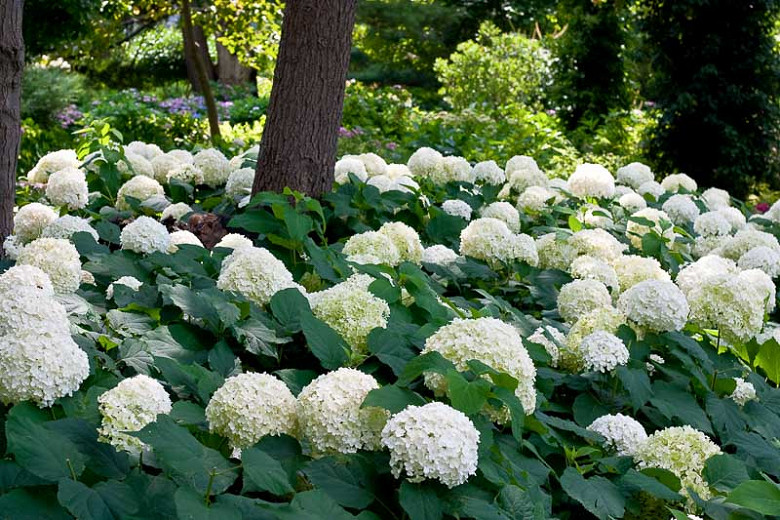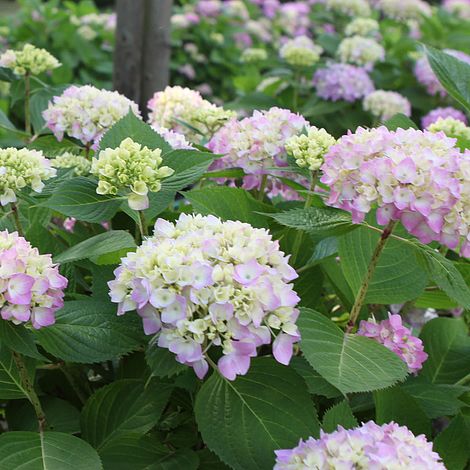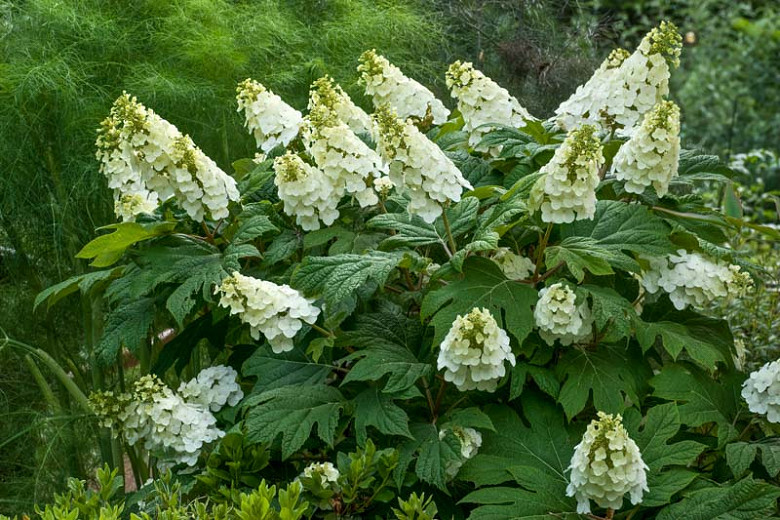Find Hydrangea Plants Near You With This Easy Guide
Find Hydrangea Plants Near You With This Easy Guide
Hydrangeas are beautiful flowering shrubs that can add a touch of elegance and charm to any garden. They come in a variety of colors, from blue to pink to white, and can be grown in a variety of climates. If you're looking for hydrangea plants near you, there are a few things you can do to find them.
1. Check with your local nursery or garden center. This is a great place to start your search, as most nurseries carry a variety of hydrangea plants. You can also ask the nursery staff for recommendations based on your climate and growing conditions.
2. Search online. There are a number of websites that sell hydrangea plants online. When you're searching online, be sure to check the shipping restrictions to make sure the plants can be shipped to your area.
3. Look for local plant sales. Many communities hold plant sales throughout the year. This is a great way to find locally grown hydrangea plants and support your community.
4. Ask your friends and neighbors. If you know someone who has hydrangeas in their garden, ask them where they got their plants. They may be able to give you a recommendation or even sell you a cutting.
Once you've found a source for hydrangea plants, be sure to choose the right variety for your climate. There are a number of different hydrangea varieties, and each one has its own unique requirements. For example, some hydrangeas prefer full sun, while others prefer partial shade. Some hydrangeas are hardy in cold climates, while others are only hardy in warm climates.
Once you've chosen the right variety, be sure to plant your hydrangeas in the right location. Hydrangeas need well-drained soil that is rich in organic matter. They also need to be planted in a location that gets full sun or partial shade.
With proper care, hydrangeas can thrive for many years. Be sure to water your hydrangeas regularly, especially during the first year after planting. You should also fertilize your hydrangeas in the spring and fall.
With a little care and attention, hydrangeas can add a touch of beauty and elegance to your garden for many years to come.
Hydrangeas are beautiful flowering shrubs that can add a touch of elegance to any garden. They come in a variety of colors, including white, pink, blue, and purple. And they're relatively easy to care for, making them a great choice for even beginner gardeners.
If you're interested in adding hydrangeas to your garden, but you're not sure where to start, I recommend visiting . This website has a wealth of information about hydrangeas, including:
- A variety of hydrangea plant profiles, so you can learn about the different types of hydrangeas and which ones are best suited for your climate.
- Tips on how to care for hydrangeas, including information on watering, fertilizing, and pruning.
- A directory of hydrangea growers and retailers, so you can find hydrangea plants near you.
I've visited myself, and I found it to be a very informative and helpful resource. If you're thinking about adding hydrangeas to your garden, I highly recommend checking it out.
FAQ of hydrangea plants near me
FAQ: Hydrangea Plants Near Me
1. Where can I buy hydrangea plants near me?
There are many places where you can buy hydrangea plants near you. Some popular options include:
- Garden centers: Most garden centers carry a variety of hydrangea plants, including both potted plants and bareroot plants.
- Nurseries: Nurseries often have a wider selection of hydrangea plants than garden centers, and they may also offer more specialized varieties.
- Online retailers: There are many online retailers that sell hydrangea plants. This is a great option if you're looking for a specific variety or if you don't have a local garden center or nursery.
2. What is the best time to plant hydrangeas?
The best time to plant hydrangeas is in the fall or early spring. Fall planting gives the plants time to establish their roots before winter, while spring planting allows them to get a head start on the growing season.
3. How do I care for hydrangeas?
Hydrangeas are relatively easy to care for. They need full sun to partial shade and moist, well-drained soil. Water hydrangeas deeply and regularly, especially during hot, dry weather. You may also need to fertilize hydrangeas once a year in the spring.
4. What are the different types of hydrangeas?
There are many different types of hydrangeas, but some of the most popular include:
- Bigleaf hydrangeas: These hydrangeas have large, showy flowers that can bloom in a variety of colors, including blue, pink, and white.
- Mound hydrangeas: These hydrangeas are smaller than bigleaf hydrangeas, but they are just as beautiful. They typically bloom in white or pink.
- Panicle hydrangeas: These hydrangeas have tall, spiky flowers that bloom in white, pink, or purple.
5. How do I change the color of my hydrangeas?
The color of hydrangea flowers is affected by the acidity of the soil. In alkaline soil, hydrangeas will bloom blue. In acidic soil, they will bloom pink. You can change the color of your hydrangeas by adding aluminum sulfate to alkaline soil or by adding sulfur to acidic soil.
Image of hydrangea plants near me
- Hydrangea paniculata 'Limelight' is a popular variety of hydrangea that is known for its large, white flowers that bloom in late summer.

- Hydrangea arborescens 'Incrediball' is another popular variety of hydrangea that is known for its large, blue flowers that bloom in summer.

- Hydrangea macrophylla 'Endless Summer' is a variety of hydrangea that is known for its long blooming period. The flowers can be blue, pink, or purple, depending on the soil pH.

- Hydrangea quercifolia is a deciduous hydrangea that is known for its large, oak-shaped leaves and its panicles of white flowers that bloom in summer.

- Hydrangea petiolaris is a climbing hydrangea that is known for its cascading flowers.

Post a Comment for "Find Hydrangea Plants Near You With This Easy Guide"